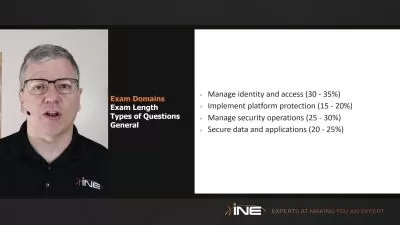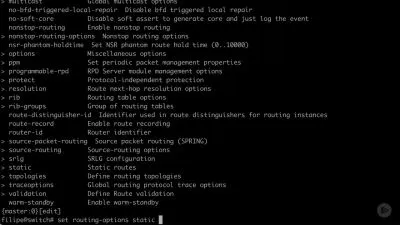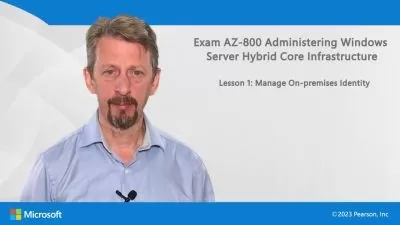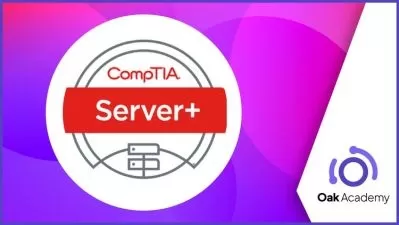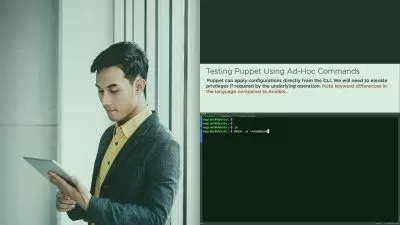Administering Linux Servers Online Training
Shawn Powers
8:39:24
Description
In this intermediate Linux skills training, Shawn Powers instructs systems administrators in every part of configuring, monitoring and supporting a server set-up that runs Linux’s operating system.
Linux has long been a favorite operating system for server administration because it’s a secure operating system that’s both stable and flexible. It’s just a matter of knowing how to use it. After watching this Linux training, you'll know how to configure servers running the Linux operating system, including boot process, kernel modules, network connection parameters, and localization groups.
More details
For managers with Linux products, this Linux training can be used on-boarding new systems administrators, as a Linux reference resource, or curated into individual or team training plans.
Administering Linux Servers: What You Need to Know
This Linux Training covers server administration learning objectives, including these topics:
- Configuring, monitoring, and supporting servers running the Linux operating system
- Managing .deb and .rpm packages
- Configuring APT and YUM repositories and identifying non-RPM and non-APT package managers
- Managing, querying and configuring local users, local groups and user accounts
- Handling data and copying files across the network
- Using Systemctl, SysV, and SystemD to manage targets and services
- Performing system-wide Cron jobs
- Manipulating kernel modules
- Testing network connectivity
- Locating and handling Debian, Ubuntu, Red Hat, and CentOS network configuration files
- Creating, formatting, and mounting partitions
Who Should Take Administering Linux Servers Training?
This Administering Linux Servers training is considered administrator-level Linux training, which means it was designed for systems administrators. This server administration skills course is designed for systems administrators with three to five years of experience with open-source platforms.
New or aspiring systems administrators. Server administration for Linux servers is a core skill set for a system administrator, and this training will help ensure that there is no element of it that you don’t understand. For system administrators who are relatively new to the field, this training will make sure there’s nothing a Linux server can throw at you that you’re not prepared for.
Experienced systems administrators. For an experienced systems administrator, much of the course material for this Linux training probably looks familiar. Many systems administrators with a few years of experience will find manipulating kernels, running Cron jobs, testing network connectivity and more familiar. But can you say with certainty that you know — start-to-finish — every essential component of managing a Linux system? After taking this training, you’ll be able to say with confidence that you’re a master of Linux server administration.
User Reviews
Rating
Shawn Powers
Instructor's Courses"I train to give people the chance to experience job satisfaction. Life satisfaction. Accomplishment. Success. JOY."
Shawn Powers has been teaching IT for more than a decade. His specialties are Linux, Chef, and integrating multiple platforms for larger networks. Early in his career, he started a Cisco Academy for a local school district where he taught networking (CCNA & CompTIA A+) to high school students. He has a passion for teaching others, and his enthusiasm comes through in his courses. He is an associate editor for Linux Journal.
Certifications: LPIC-1, CompTIA Linux+, CompTIA+, Cisco CCNA
Areas of expertise: Linux
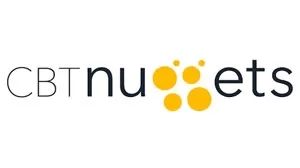
CBT Nuggets
View courses CBT Nuggets- language english
- Training sessions 98
- duration 8:39:24
- Release Date 2023/07/16






